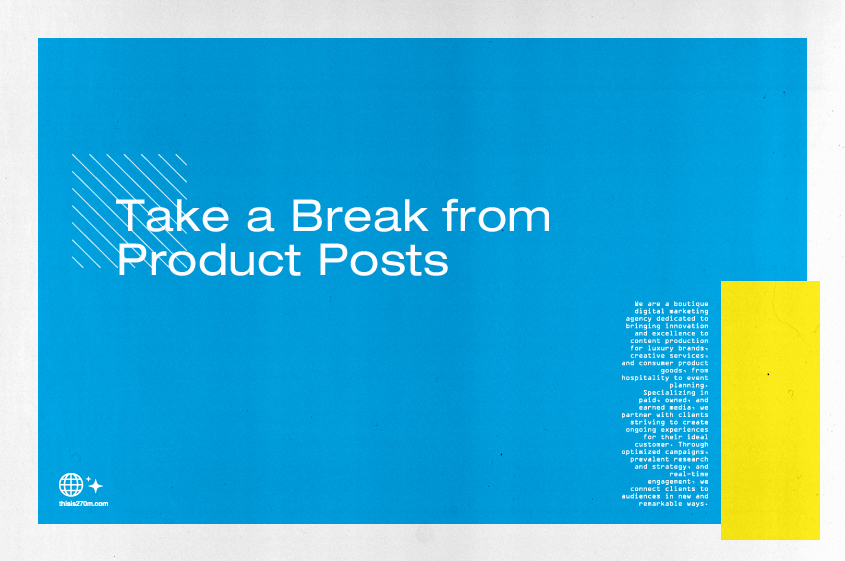The Evolution of Black Friday
Written By: Danielle Gazda
While the phenomenon known as Black Friday has questionable origins, potentially going back to the 1800s, the retail holiday as we know it today started in Philadelphia in the 1950s. This is when people from the suburbs flooded the city for an annual Army-Navy football game and a round of discount shopping. However, the use of the term “Black Friday” for the post-Thanksgiving shopping spree didn’t become a nationwide trend until the 1980s. Read more about the history of Black Friday and the myths surrounding its origin on the History Channel website.
In its 40 years of being an official retail holiday, Black Friday has evolved greatly. A significant development was the first-ever e-commerce transaction, which happened in 1994. As e-commerce has taken off in the past two decades, first with websites and now through social media, how people purchase what they want and need has transitioned away from physical retail locations. Black Friday is no longer the physical fight it used to be (well, it usually isn’t), but brands are still finding ways to entice people to shop online and in stores.
Here are some Black Friday best practices all retail businesses should know:
Month-Long Sales
Black Friday is no longer confined to just a single day or even the following weekend, which includes Small Business Saturday and Cyber Monday. In the past few years, many brands have opted to create pockets of sales throughout the month of November. These sales sometimes even start in late October.
You don’t have to discount items during this entire time, but it’s good to get a leg up on holiday shoppers who don’t want to leave things to the last minute or hate feeling limited to a single day, especially if they need to go in person.
These discounts can start small — for example, with free shipping — and ramp up throughout the month as it gets closer to Black Friday.
In-Store Exclusives
If you have physical locations and you’d prefer to have at least part of your customer base shop in person, then offering exclusive in-store discounts is a great option. It may be worth staggering your online and in-store deals, so you can draw more people into your stores. Start with limited discounts online and add further offerings in-store to reach that initial wave of holiday shoppers in your area.
It’s a great idea to advertise in-store deals in marketing newsletters or on paid social media ads with proximity location targeting.
Special Discounts for Loyal Customers
If your brand has a rewards program, VIP group, or even a newsletter, you can target loyal customers with exclusive deals just for them. Repeat customers are more likely to actually make a purchase and to purchase a large number of items. They may be interested in buying for themselves or giving gifts to loved ones and friends who may, in turn, also become loyal customers. People often have more trust in brands that are recommended to them by people they’re close to.
Holiday Marketing
Competitive holiday marketing is key to making Black Friday sales work for your company. As with most things, it takes money to make money. Investing in ads across social media and Google is your best bet for reaching a wider audience or an audience that is most likely to complete a purchase. Other brands will be doing the same thing, so bids for display space may be higher than you would usually be comfortable with. Finding the right balance of creative assets, copy, landing page, and other elements may be difficult, but in the end, it should be worth it.
Newsletters, as mentioned earlier, are a great way to reach already interested customers. If they’ve signed up for emails from your brand, then they have probably made a purchase in the past, or, with the right deal, are likely to make a purchase in the future. Utilize newsletters to share sales, exclusive discount codes, promote best-selling or low-selling items, and inform customers about restocks and product availability.
The last part of holiday marketing is promoting your business on social media. Aside from paid advertising, social media is how many people now find products and services they’re interested in buying. Don’t forget to keep up with your social media posting. Share your products, share online and in-store promotions, and run a few giveaways. Giveaways during the holiday season can get people excited about your products — and even if audience members don’t win, they may be more likely to look at your website and make a purchase anyway.
If you’re interested in stepping up your holiday marketing strategy, check out some of our other holiday marketing blogs. You can also contact us through our website, or email us at info@thisis270m.com, for help in working on your digital marketing strategy.

